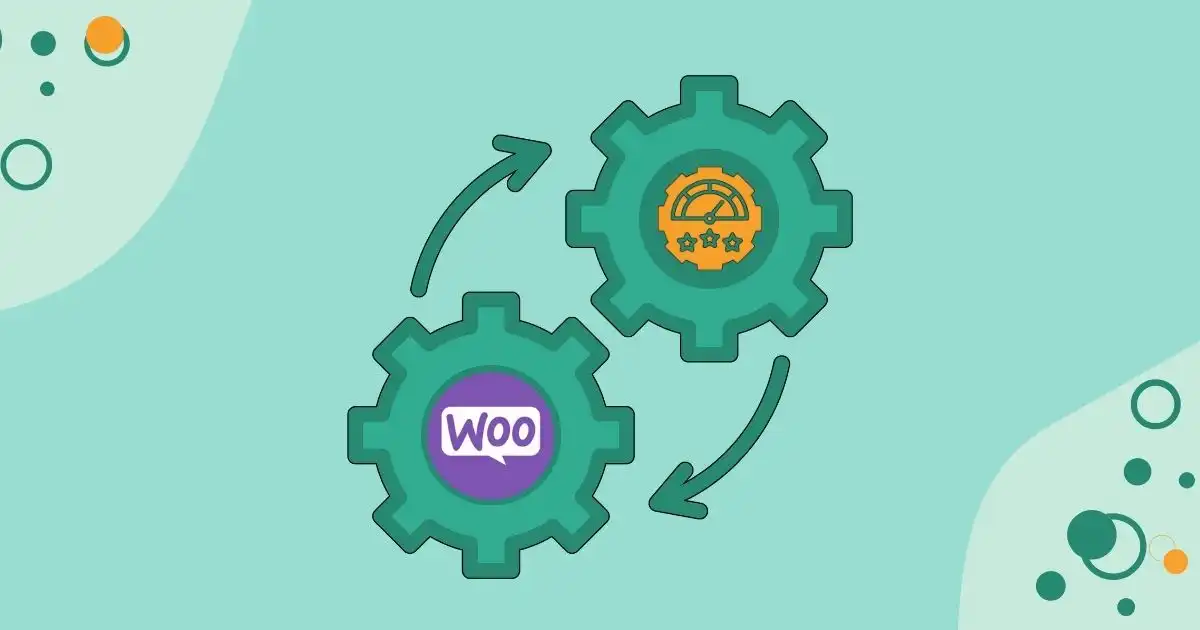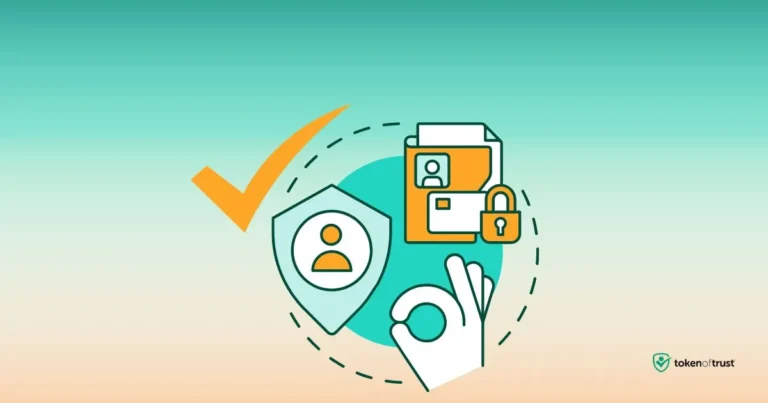Mastering WooCommerce HPOS
As your WooCommerce store grows, so does the need for improved performance and scalability. Managing large volumes of orders can overwhelm traditional systems, slowing down your site and hindering your business’s potential. WooCommerce’s High-Performance Order Storage (HPOS) addresses these issues, offering a streamlined solution that enhances both speed and scalability.
In this guide, we’ll walk you through what HPOS is, how it benefits your store, and how to make the transition smoothly to ensure your store performs at its best.
What is WooCommerce HPOS?
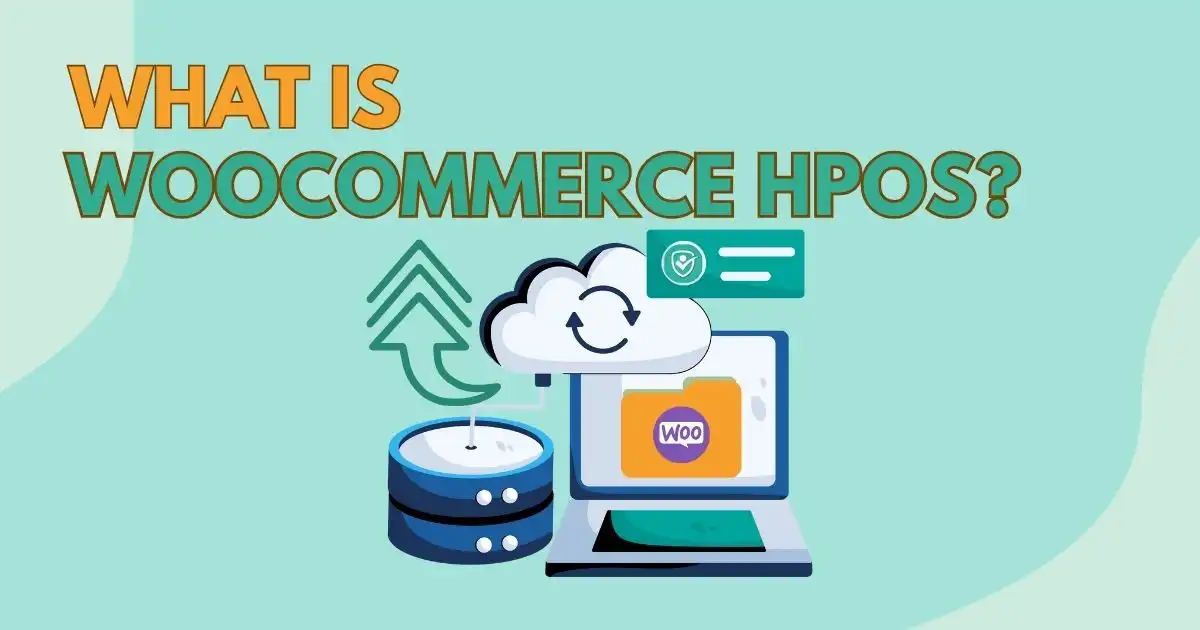
WooCommerce High-Performance Order Storage (HPOS) is a game-changing upgrade to WooCommerce’s traditional order storage system. Historically, WooCommerce stored all order-related data in WordPress’s single wp_postmeta table. As your store grows, this can create performance bottlenecks, as querying a massive table for order data slows everything down.
HPOS resolves this by restructuring how WooCommerce stores order-related data. It moves order, payment, shipping, and customer data into dedicated tables, significantly improving query efficiency and site performance. With HPOS, your store can scale without sacrificing speed, making it the perfect solution for growing e-commerce businesses.
How HPOS Benefits Your E-Commerce Store
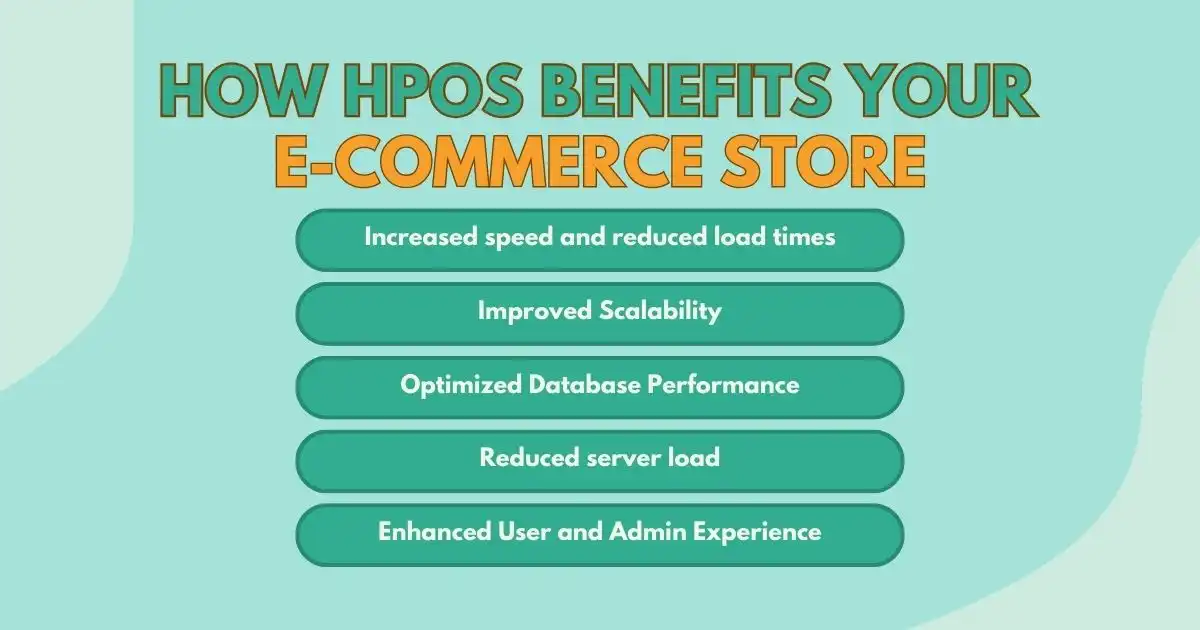
- Increased speed and reduced load times
With HPOS, queries are faster because data is now stored in dedicated tables rather than the monolithic wp_postmeta. This reduces load times, making both frontend and backend processes quicker. - Improved Scalability
HPOS allows WooCommerce to scale more effectively. As the volume of orders increases, the database can handle the load without significant performance degradation. You can now manage large volumes of transactions and handle high traffic without sacrificing speed. - Optimized Database Performance
By splitting orders, payments, and other order-related data into separate tables, HPOS minimizes database bloat and keeps the data organized and easily queryable, leading to faster processing and retrieval. - Reduced server load
The new architecture reduces strain on the server by simplifying how data is stored and queried. This leads to fewer resources consumed during peak traffic periods, making your site more reliable under heavy load. - Enhanced User and Admin Experience
HPOS streamlines order management processes, making them faster and more reliable. This means smoother experiences for customers at checkout and a more responsive admin panel for store owners.
The Step-by-Step Process to Migrate to HPOS

Migrating to HPOS is crucial for stores that plan to scale, but it requires careful preparation and testing. Here’s a step-by-step guide:
Step 1: Check Compatibility and System Requirements
Before enabling HPOS, make sure your store meets the following system requirements:
- WooCommerce Version: 7.1 or higher
- WordPress Version: 5.9 or newer
- PHP Version: 7.4 or higher
- Backup: Always back up your database and files before proceeding with any changes to avoid data loss.
Step 2: Enable HPOS in WooCommerce
- Go to WooCommerce > Settings > Advanced > Features.
- Under Order Data Storage, select High-performance order storage (recommended).
- If needed, enable compatibility mode to sync data between HPOS and WordPress posts storage.
Note: Enabling compatibility mode before switching storage types is essential to prevent data loss.
Important Considerations for Developers:
- Compatibility Mode: Make sure compatibility mode is enabled before switching to HPOS to avoid data loss.
- Plugin Compatibility: Check that all your WooCommerce plugins are compatible with HPOS. Review plugin documentation for details.
- Database Changes: HPOS changes how data is stored, so ensure your custom code and plugins are updated to work with the new database tables and structures.
Step 3: Data Migration
Once HPOS is enabled, WooCommerce will automatically migrate your order data to the new structure. During this migration process:
- Monitor your site’s performance to ensure everything is running smoothly.
- Test the order management system to confirm that orders are properly migrated and accessible in the new database format.
Step 4: Post-Migration Testing
After migration, thoroughly test your store:
- Place test orders to ensure the order flow works smoothly from cart to payment.
- Check the backend data (orders, payments, shipping) to make sure it displays correctly in the new structure.
- Test performance using tools like Query Monitor to identify and resolve any database bottlenecks.
Step 5: Monitor and Optimize
Even after migration, continue to monitor your store’s performance. Use tools like New Relic or Query Monitor to track database efficiency and make optimizations as needed to maintain peak performance.
Optimize Your WooCommerce Store for Speed and Scalability
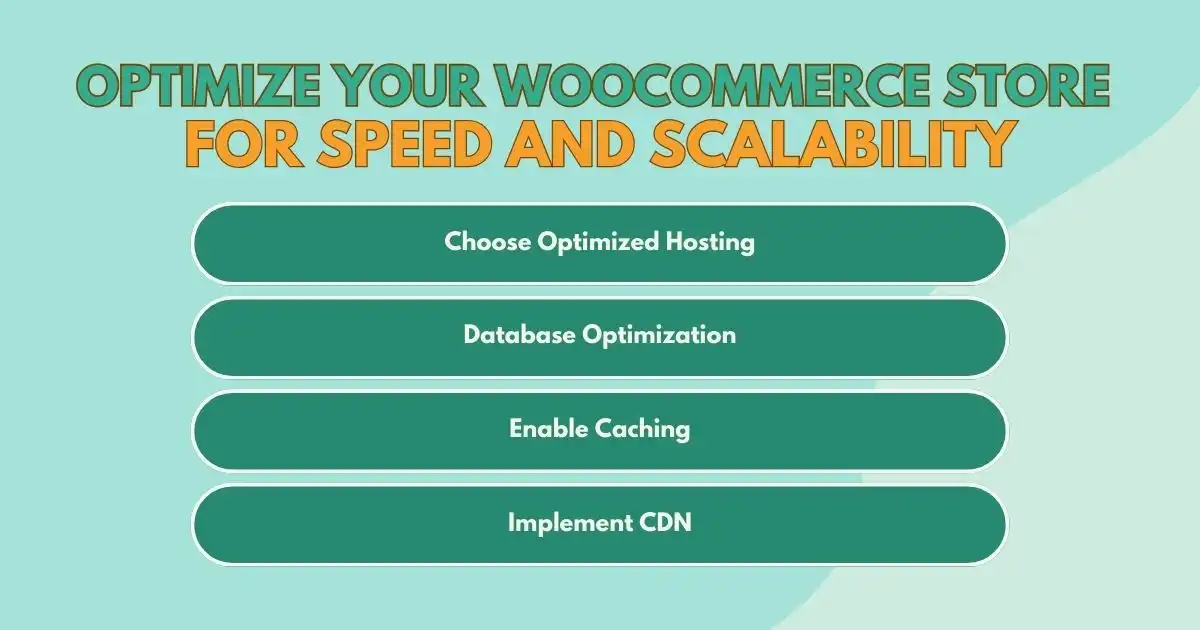
After migrating to HPOS, consider implementing the following best practices to ensure peak performance:
- Choose optimized hosting: Use managed WooCommerce hosting or cloud hosting to ensure your server can handle high traffic and large volumes of orders.
- Database optimization: Regularly clean and optimize your database using plugins like WP-Optimize to ensure maximum performance.
- Enable caching: Use caching solutions like W3 Total Cache or WP Rocket to reduce database queries for faster page loads.
- Implement CDN: Use a Content Delivery Network (CDN) like Cloudflare to speed up your site and deliver content more efficiently to global users.
Take Control of Your Store’s Security and Compliance with HPOS
The migration to WooCommerce HPOS is a vital step in preparing your store for high growth. With improved performance and scalability, you can focus on expanding your business without worrying about slowdowns or database issues. Make the transition today, and use the tips in this guide to optimize your store for success.
And remember, securing your store is just as important as optimizing its performance. Token of Trust helps you protect your customers and accelerate your business growth. Start a free trial today to take control of your store’s security!
